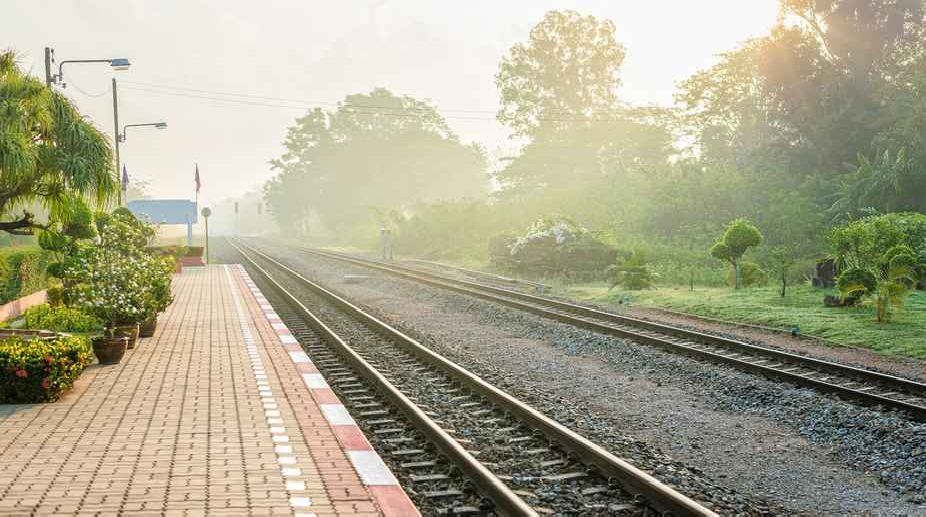Glimpses of heritage
The Victoria Memorial celebrated the World Heritage Week from recently in November 2016 with a colourful and interesting line-up of…

(Getty Images)
World Heritage week is currently beginning celebrated, but the 120-year-old pre-Partition railway station in Jammu that provided the only rail link with Sialkot and other places now in Pakistan, that deserved to have been preserved as a heritage structure, has been destroyed. The only remnant of that era in the sprawling complex is a 1889 manufactured hose that was imported from Birmingham. Other heritage buildings in Jammu are also decaying because of neglect.
The hose for filling water in the steam engine and narrow gauge railway bogies stands with a banyan tree in a corner of the rail complex that has been converted into workshop of passenger buses of the J&K Road Transport Corporation. An art and culture building has been constructed in a portion of the erstwhile rail complex and a major chunk of land on which a revolving platform stood for reversing the rail engine has been converted into a PWD store.
Advertisement
Over the years, the rail lines have been uprooted and the platform and railway buildings demolished for widening the main road. A new railway station came up in the other corner of the city in 1974 linking Jammu with Pathankot.
Advertisement
The Jammu-Sialkot rail section was the only railway link that Jammu and Kashmir had before the Partition of the country and was thereafter permanently shut as the International Border between India and Pakistan in the Jammu division has always remained a hot spot with both sides exchanging gun fire after the Partition.
In pre-Partition days the train on this track used to carry passengers to Sialkot, Lahore and other parts of undivided Punjab. This used to be the most convenient and economical mode of travel for students and traders as the rail ticket to Sialkot in 1945 cost 3 Annas against 4 Annas for travel by bus.
The 43 km rail link between Jammu and Sialkot that was a branch of the North-Western State Railway was built in 1897. Starting from Jammu at 11 a.m., the train passed through Meeran Sahib, Ranbirsingh Pura and Suchetgarh before entering the territory of British-era Punjab. The Octroi post at Suchetgarh has now been converted into an observation post of the BSF.
On the Pakistani side the track is functional up to the Sialkot cantonment and is non-existent ahead towards J&K.
Neither the state government nor the Ferozepur Railway Division that looks after the rail network in J&K has taken any interest in preserving the heritage that had the potential of being showcased to the nearly 80 lakh Vaishnodevi pilgrims and other tourists who either visit or pass through Jammu every year.
Advertisement